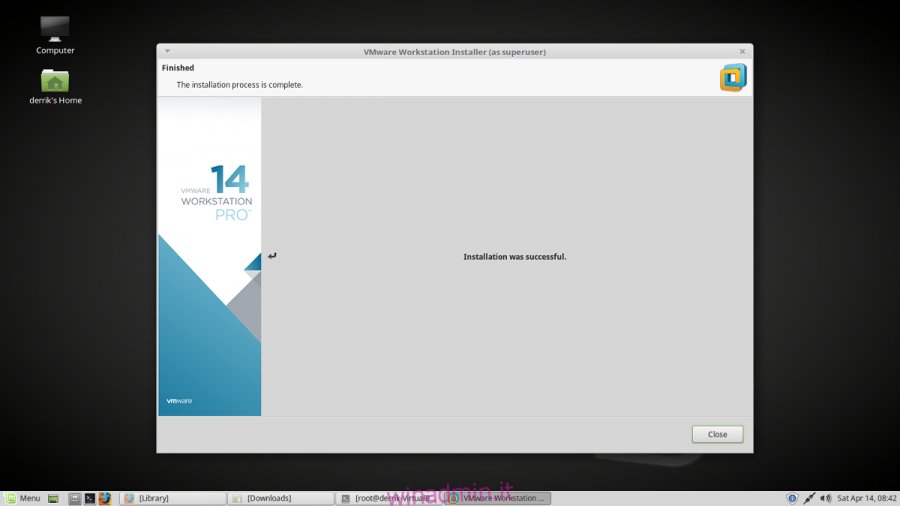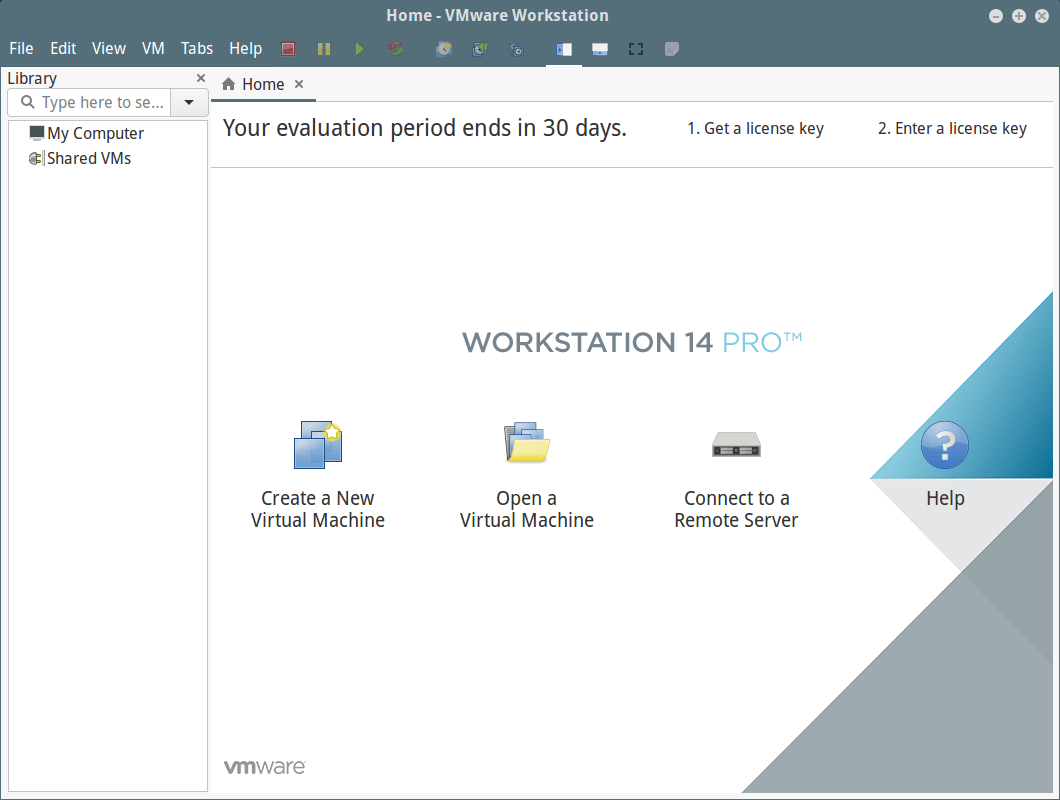
Adjust as needed and reboot, then start your VMs. That's the reason why there are actually 2 bans in place. GPU passthrough is a technology that allows the Linux kernel to directly present an internal PCI GPU to a virtual machine. I found that, for AMD GPUs, un-blacklisting amdgpu and not early binding to vfio_pci and removing video=efifb:off and similar parameters works best. Based on common mentions it is: NVIDIA-vBIOS-VFIO From: Kevin Tian Subject vfio/platform: Use the new device life cycle helpers: Date: Wed, 18:43:57 +0800 Intel GVT-g. Signed-off-by: Longfang Liu with a PCIe NIC or replace your DVB-T card with a PCIe version or maybe > get a PCIe-to-PCI adapter and move one of the cards somewhere else. Obviously it failed because the ‘nvidia’ kernel module locks the legacy I/O and memory region. vfio_dma_map() and vfio_dma_unmap() are the wrappers for the ioctl into the kernel call. This has many advantages over virtualized hardware, such as reduced latency. To use VFIO (virtual function I/O), both the kernel and BIOS must support and be configured to use I/O virtualization. I use it for VM gaming and other PCI/LiveCD/PXE/VM/RawImage testing given the script's accessibility.


The issue is documented here: Start kvm with usual command plus : # kvm. Re: vfio: Add VM state change handler to know state of VM, Alex Williamson, 7. Following dpdk instruction, I was able to set up the SR-IOV and bind the vfio_pci to virtual Function on the host. Verify VM is running with host devices, for example: 09:00.

Power down the VM and add the graphics card to the VM.


 0 kommentar(er)
0 kommentar(er)
